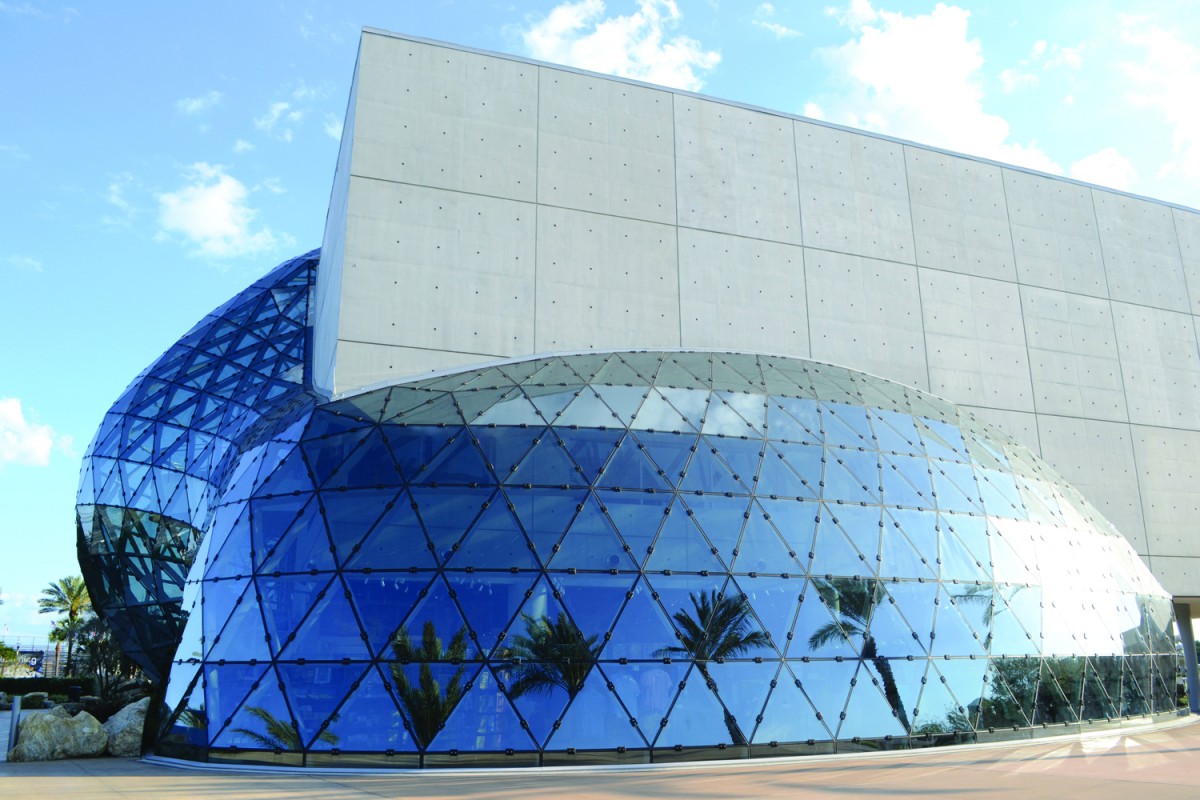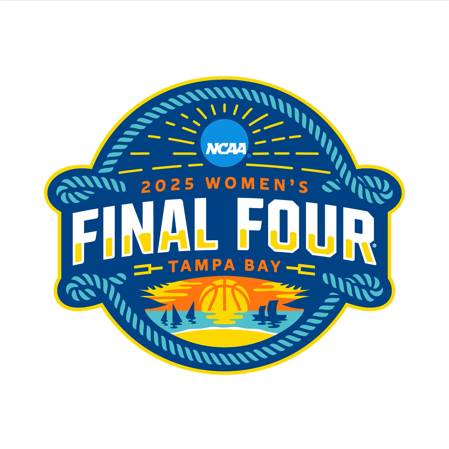Hurricane Andrew, the category 5 storm that walloped Miami in 1992, convinced Dali Museum Director Marshall Rousseau the converted warehouse at 1000 Third St. S was not a proper home for the art collection, recalled Bill Heller, then the USF Bayboro chief executive.
And USF St. Petersburg was looking to expand. “The interest has always been there,” Heller said. “It was always on our list.”
The valuation of the museum’s vast collection rapidly increased after the death of the master artist in 1989. Today it is estimated between $500 million and $700 million. The degree of loss risked by the museum was much higher than any potential loss to a university facility, Heller said.
Additionally, the museum sought residence in a building commensurate with the reputation and value of the body of work, a place where the art could be curated, rather than collected and stored. The museum wanted a safer building, but also a landmark building, like a Louvre or a Guggenheim, Heller said.
Between 1993 and 1998 Heller got the support of then-USF President Betty Castor to purchase the property as a potential site for the Florida Center for Teachers or for a student union building, but the museum and the university faced familiar roadblocks: space and money.
By 1999, an ideal place for the museum in the built-out downtown district proved elusive. The Dali had all but given up the search for a new location and instead sought support for a $5 million addition to the museum. The conversation for USFSP to buy the property just faded out, Heller said.
Determined to provide the commuter campus with student services, Heller made a case to the city council for USF to lease the heavily subsidized Bayfront Center, an indoor arena next to the Mahaffey Theater, in 2002. The location would be connected to the Mahaffey and turned into a student union and conference center, focusing on educational seminars and symposiums.
The Bayfront Center was a financial drain, costing the city $1.3 million a year; it couldn’t compete with newer and bigger venues in Tampa, and also lost business to Tropicana Field. With the support of USF’s new president, Judy Genshaft, the city was on the verge of adding a ballot referendum making possible Heller’s goal to develop the property.
The plan imploded in July of that year when Genshaft asked Heller to step down from his position a week after standing with him in front of the city council. The council described it as a violation of trust and pulled the proposal to send a message to Genshaft, according to a St. Petersburg Times news report.
Soon after, the Dali had a new executive director, Hank Hine, who had left the USF Graphicstudio to manage the museum; USFSP had a new chief executive, Karen White; and by the end of 2003, the Dali had found its new home.
In a way, the St. Petersburg campus of USF was destined to expand around Bayboro Harbor and into the west side property. Under USF President John Allen in 1965, the university acquired the building and land used currently for the Marine Science Laboratory from the federal government as an overflow location for freshman instruction. The location was made permanent in 1968, making the USF Bay Campus the first university branch in the state.
The building had been used as a training facility for merchant mariners from 1942 until it was declared surplus property after World War II. For three years following 1960, the forerunner to Eckerd College, Florida Presbyterian College, held classes while it’s 267 acre waterfront campus was being built.
Surrounding the rest of the harbor were various maritime businesses including a yacht builder, freight handlers and most notably, a facility owned by a company that dredged oyster shells for use in road construction, Benton and Company at 870 Third St. S.
Within 10 years, the small peninsula that held what was then being called USF Bayboro could no longer hold the aspirations of the campus. The university leadership and the Board of Regents (the precursor to the Board of Governors) were supported by St. Petersburg Progress (now St. Petersburg Downtown Partnership), who offered to pay nearly half the cost to buy out the land between First and Third streets and Seventh Avenue.
In addition, members of St. Petersburg Progress, including St. Petersburg Times and Evening Independent publisher John Lake, urged the city to buy the land south of the proposed campus between Third Street and the harbor to Booker Creek, including a marine warehouse built in 1948 and used by Halvorsen Marine Services—the future first home of the Dali Museum.
By 1976, USF St. Petersburg had its new land and the city purchased the 11 waterfront lots and an aging marine warehouse for $390,000.
A St. Petersburg Times editorial published April 8, 1975, quoted the general manager of Benton and Company, Robert W. Evans, as his and other boatyards were facing eviction: “Let’s not kid ourselves,” he said. “We know if it’s not the university that moves us out of here, someday it’ll be something else. If it’s got to be, frankly, I lean toward the university.”




0 thoughts on “Museum sought move to protect collection”